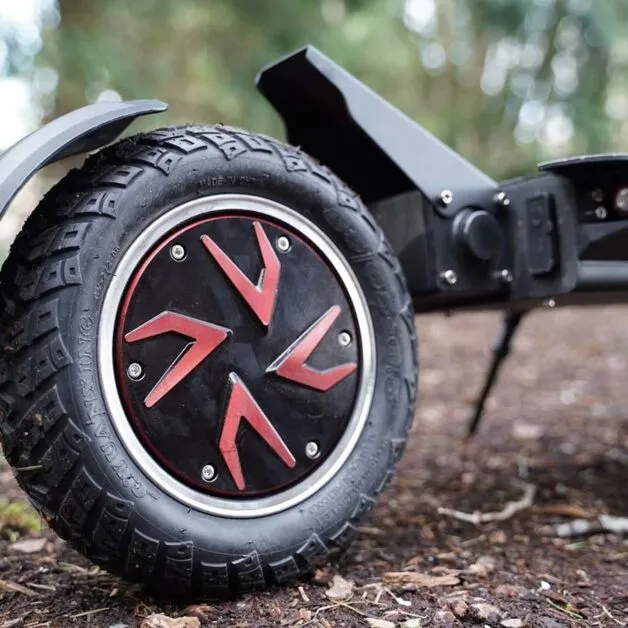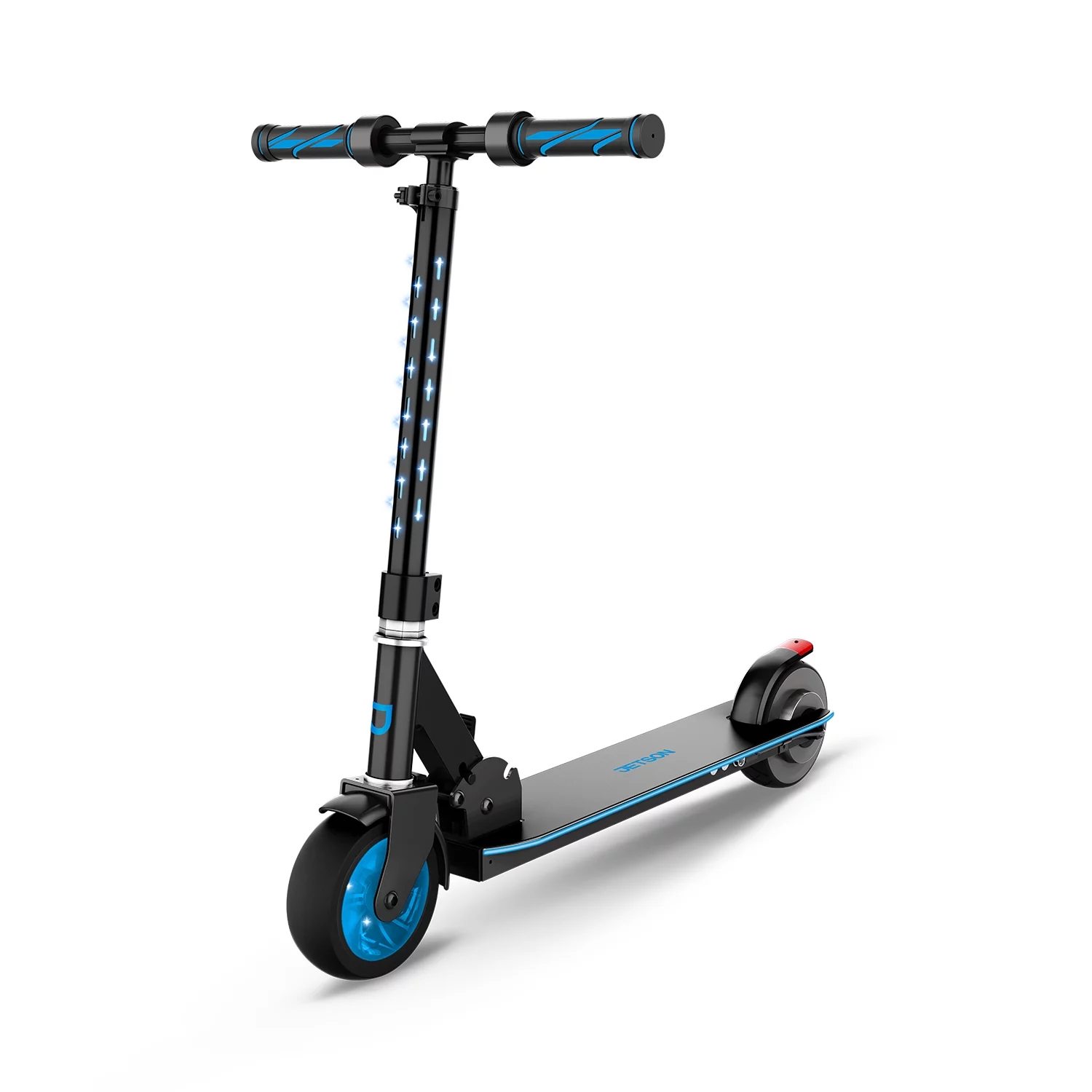I. Introduction
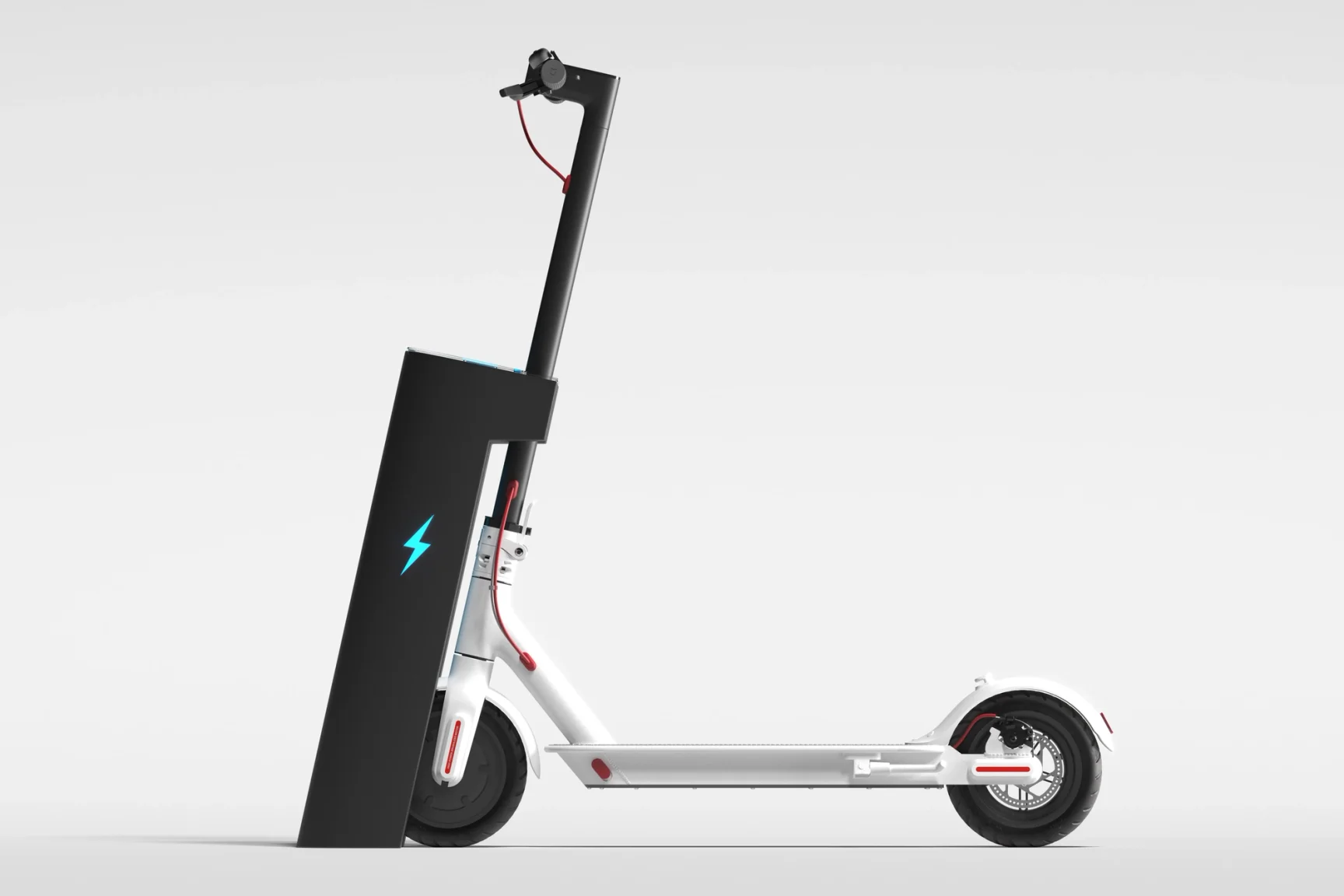
The increasing popularity of electric scooters has led to a growing reliance on their battery power. Understanding the duration of electric scooter charges is crucial for both the manufacturers and riders alike. In this blog post, we will delve into the various factors that affect the charge duration of electric scooters.
II. Factors Affecting Electric Scooter Charge Duration
A. Battery Capacity
The battery capacity of an electric scooter plays a significant role in determining its charge duration. Typically, electric scooters come with lithium-ion batteries, which have a limited capacity. It is essential to understand the maximum charge capacity of these batteries to optimize their usage.
The charge capacity of an electric scooter battery is measured in kilowatt-hours (kWh). It represents the amount of energy the battery can store and subsequently provide to power the scooter. A higher battery capacity means a more extensive range and longer charge duration for the scooter.
B. Riding Conditions
The conditions in which the electric scooter is ridden also impact its charge duration. Several factors come into play here, such as terrain, rider weight, and speed.
- Terrain: Riding on hilly or uneven terrain demands more power from the battery, resulting in decreased charge duration. Uphill climbs require the motor to exert more force, draining the battery quicker.
- Rider Weight: The weight of the rider also affects the charge duration of the electric scooter. Heavier riders demand more power from the battery, leading to a shorter charge duration.
- Speed: Riding at higher speeds consumes more battery power. Electric scooters are designed for specific speed ranges, and going beyond that range can significantly impact charge duration.
C. Battery Maintenance and Care
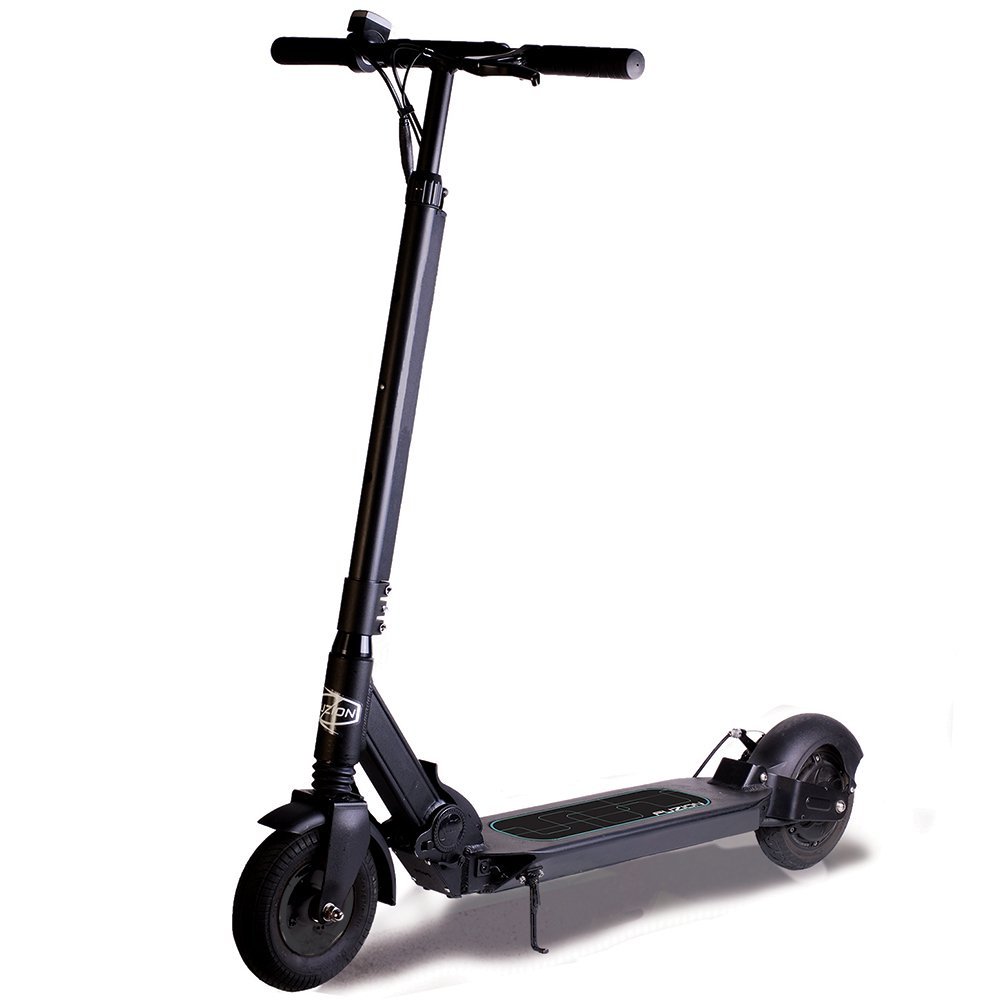
Proper battery maintenance is crucial for optimizing the charge duration of electric scooters. Implementing strategies to extend the lifespan of the battery can contribute to longer charge durations. Here are some essential battery care tips:
- Charging Habits: Charge the battery regularly and avoid deep discharges, as they can negatively impact the battery’s overall capacity. It is recommended to charge the battery after each use, even if it is not fully depleted.
- Optimal Charging: Use the original charger provided with the electric scooter for charging. Avoid using incompatible chargers, as they can lead to overcharging or undercharging the battery, reducing its lifespan.
- Temperature Control: Extreme temperatures, both heat and cold, can affect the battery performance. Store and charge the electric scooter in a moderate temperature environment to maximize the battery’s charge duration.
- Avoid Overload: Do not overload the electric scooter beyond its specified weight limit. Overloading can strain the battery and result in reduced charge duration.
- Regular Inspections: Periodically inspect the battery for any physical damage, leakage, or swelling. If any issues are detected, consult the manufacturer or a professional for necessary repairs or replacements.
III. Charging Methods and Practices
A. Charging Time
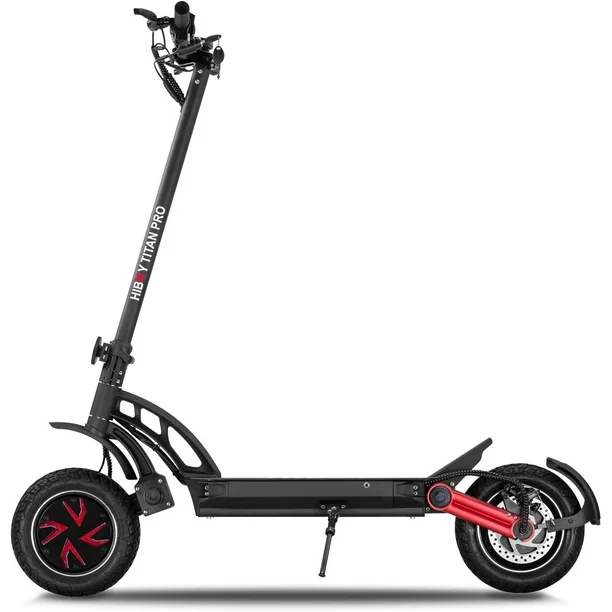
Understanding the average time needed to fully charge an electric scooter battery is crucial for planning charging routines and maximizing the duration of scooter rides. Different electric scooter models have varying charging times depending on factors such as battery capacity and charging technology. It is important for riders to be aware of their scooter’s specific charging time and plan accordingly.
The duration of scooter rides is directly impacted by the charging time. Longer charging times mean riders will need to wait for their scooters to recharge before they can continue riding. On the other hand, shorter charging times allow for quicker turnaround between rides and more flexible usage.
B. Charging Frequency
Determining the frequency at which electric scooter batteries should be charged is essential for maintaining battery health and optimizing charge duration. It is generally recommended to avoid frequent, partial charges and instead wait until the battery is at a lower charge level before initiating the charging process.
Balancing charge frequency with battery longevity is crucial. Overcharging or charging too frequently can degrade the battery’s health and reduce its overall lifespan. However, allowing the battery charge to completely deplete before recharging can also have negative effects. Striking the right balance is important to maximize the battery’s charge duration and overall lifespan.
C. Charging Equipment
The type and quality of the charging equipment used can have a significant impact on the battery’s life and charge duration. It is important to use chargers that are specifically designed for the scooter’s battery type and follow the manufacturer’s recommended charging specifications.
Using incompatible or low-quality chargers can lead to reduced charge durations and potential damage to the battery. It is recommended to invest in high-quality chargers that provide a steady and consistent flow of power. Additionally, practicing good charging habits such as avoiding charging in extreme temperatures and not leaving the scooter plugged in for extended periods can help prolong battery life.
IV. Maximizing Electric Scooter Charge Duration

A. Battery Efficiency
Strategies to optimize battery efficiency and extend charge duration are essential for maximizing the distance covered on a single charge. One technique is to utilize energy-saving modes that adjust the scooter’s power output to conserve battery energy. Additionally, taking advantage of regenerative braking technology can help recover and store energy while braking, thereby increasing the overall efficiency of the scooter.
Regularly performing maintenance tasks such as cleaning the battery contacts and ensuring proper tire inflation can also improve battery efficiency. By optimizing battery efficiency, riders can enjoy longer rides on a single charge.
B. Riding Behavior and Tactics
Adopting certain riding behaviors and tactics can greatly impact electric scooter charge consumption and increase ride duration. Maintaining a steady speed and avoiding sudden acceleration and braking can help conserve battery power. Additionally, taking efficient routes that minimize hills and stop-and-go traffic can further extend the distance covered on a single charge.
Riders should also be mindful of their riding habits, such as not excessively relying on the scooter’s accelerator and avoiding heavy payloads. By being conscious of these factors, riders can maximize the duration of their scooter rides.
C. Battery Upgrades and Alternatives
Exploring advancements in battery technology can provide opportunities for longer-lasting charges. Upgrading to batteries with higher capacities and better energy storage capabilities can increase charge duration and enable riders to cover greater distances. It is important to research and consult with experts or manufacturers to ensure compatibility and optimal performance when considering battery upgrades.
Additionally, alternative charging solutions such as portable charging stations or solar-powered chargers can provide options for extending ride duration, especially in scenarios where traditional charging infrastructure may be inaccessible. Exploring these alternatives can offer riders the flexibility to charge their scooters on the go and increase the overall charge duration.
In conclusion, by understanding the average charging time, determining the appropriate charging frequency, and utilizing proper charging equipment, electric scooter users can optimize their battery’s charge duration. Maximizing charge duration also involves implementing strategies to optimize battery efficiency, adopting riding behaviors that conserve power, and considering battery upgrades or alternative charging solutions. By combining these practices, riders can enjoy longer and more efficient rides on their electric scooters.
